When one becomes a journalist, the individual is endowed with a lot of freedom and power, especially in this country. But while the profession gives a person the right to ask questions, it comes with a great responsibility — to abide by the truth and bring news to people free of individual prejudices and perceptions.
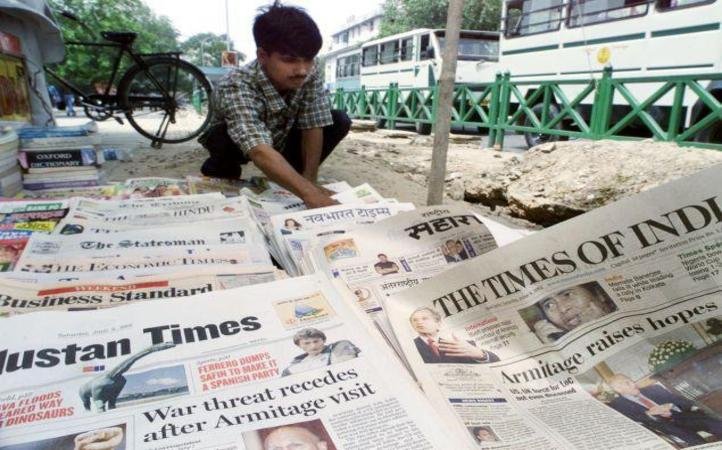
Lack of responsibility
Unfortunately in this part of the world, with the tremendous growth and competition the media is experiencing, journalism ethics seem to have been restricted to filling up pages in media-training institutions. No one is pausing to think before asking those absurd questions or putting incorrect, one sided reportage.
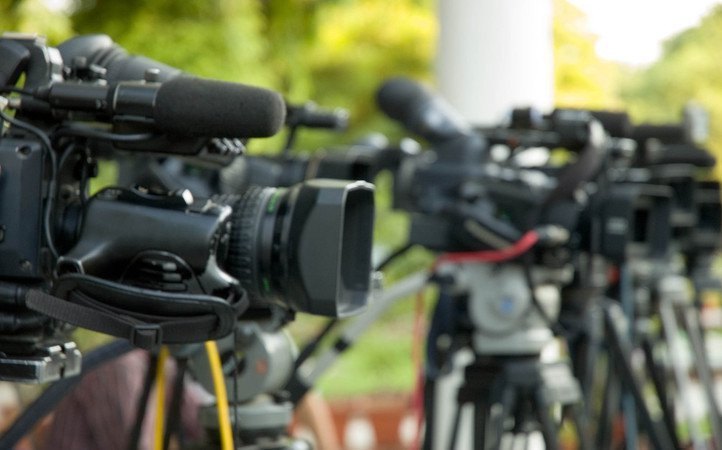
While some journalists don’t shy away from bringing in their personal inclinations while reporting facts, many of them completely ignore the consequences that their actions might have on people, the audiences, the TRP bringers, the readers who pip up the analytics.
Not restricted to national media
Though labeling the media as “presstitutes” by a section of people has become a trend on social media, it is restricted only to the national media and prominent journalists. No one is paying attention to the kind of irresponsible practices which are rapidly gaining ground in regional media and the many insensitive cases of moral policing, molestation and rape are a glaring example of it. Sample the most recent piece of irresponsible ‘news’ from Assam ‘s Pratidin Time .
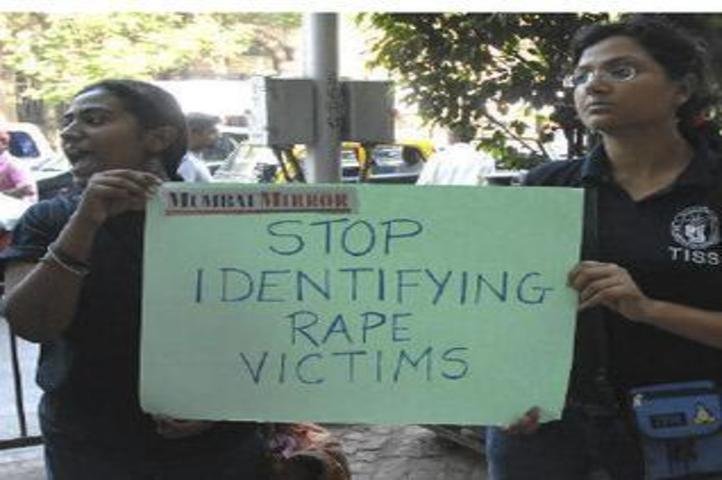
Petition against irresponsible journalism
The media in Assam has come under a lot of fire for blatant objectification of women by reporters. Many people might remember the case when a girl was molested and beaten up in front of the camera, while a reporter instigated the crowd. The very event was one of the lowest points for Indian media.
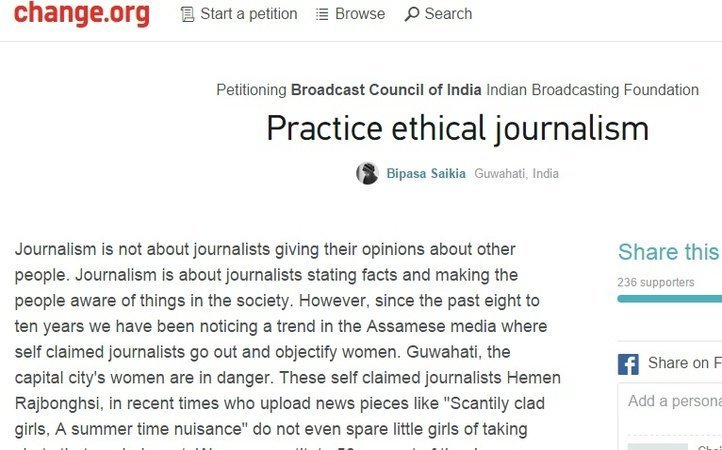
An online petition on change.org focuses on how in the name of culture, reporters are acting as the moral police targeting the way women choose to dress.


Even prominent news organisations like The Times of India and Hindustan Times have been involved in blatant objectification of women. The Times group came under fire for a photograph emphasising on Deepika Padukone’s cleavage, and Hindustan Times recently had to apologise for using terms like ” maal” for fresher students.
Making matters worse
Even in cases of tragic disasters, Indian journalists chose to ask people “how they felt?”, sparking an outrage in a Nepal. Apart from this case which was highlighted, “death knocks” have been a widely received by people affected by natural calamities or accidents.
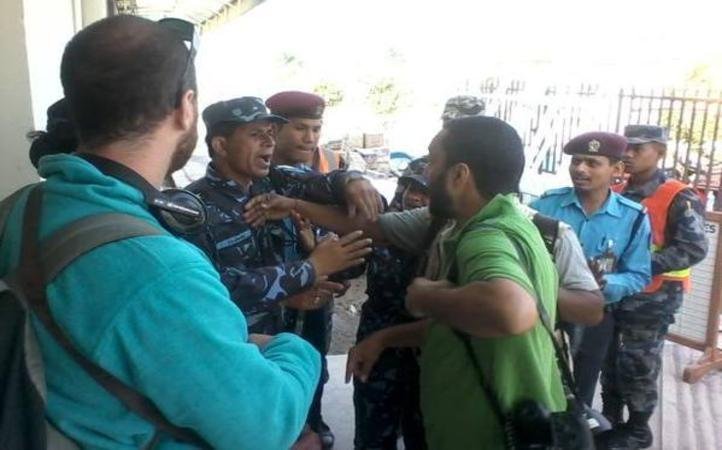
The way the regional media is flawed is apparent from the manner in which the regional media in Gujarat handled the Godhra train burning of 2002. The editors guild of India criticised certain newspapers saying that they carried provocative headlines, with one specifically quoting VHP leaders calling for “revenge with blood”. Even during the riots local news channels carried unverified reports of violent incidents, mostly spreading rumours and fueling panic.
Power and responsibility
These are just a few instances among many, when the Indian media, be it national or regional, forgot everything about exercising restraint and acting responsibly.
The media in this country has unrestricted power owing to its outreach and ability to send across a message effectively. In many cases the media forms an opinion among the masses and even evokes a reaction from the public. Yes, the media does have the freedom of expression like any other human being is entitled to, but the difference lies in using that responsibility, given the amount of people they can, rather we, can influence. It is our job as journalists to create a popular opinion that isn’t further regressive, patriarchal and violent.
Read more:

















